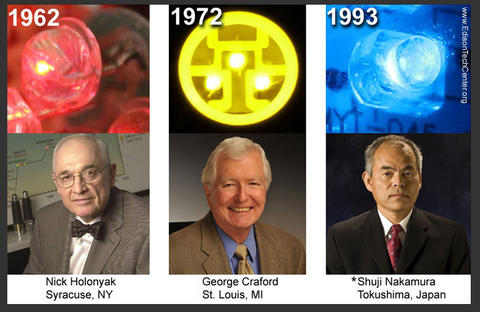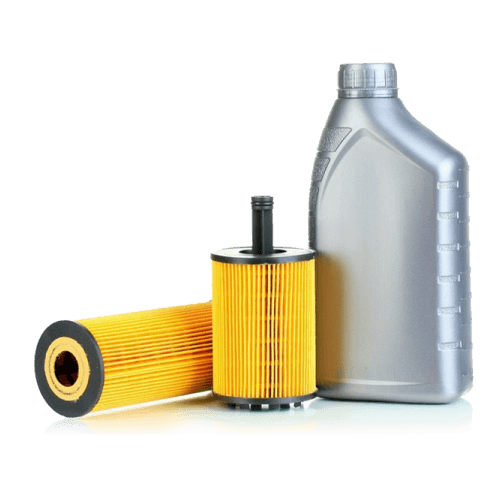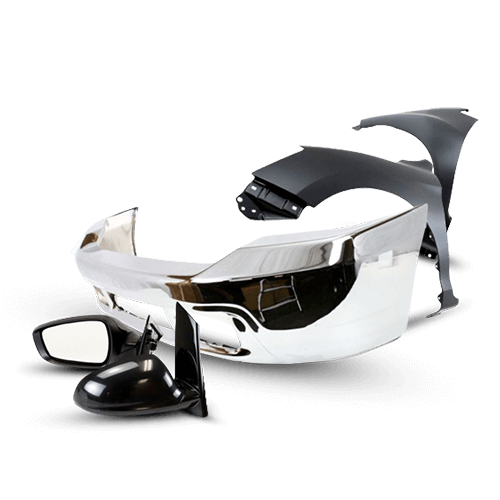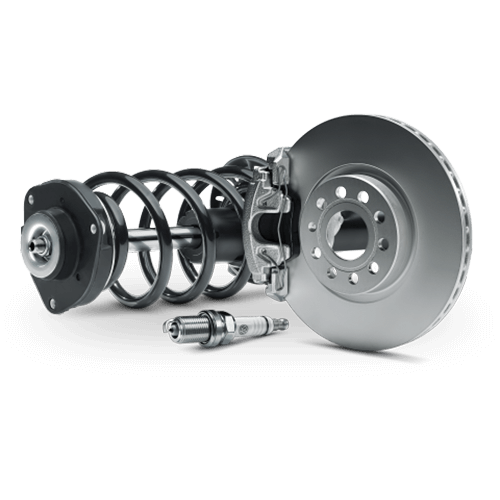
LED VS. HID (Again)
Once in a while, we revisit the topic of which automotive bulb is better. That is, LED vs HID vs xenon. It's a query that we get from our customers almost on a daily bases. To start, we'll lay down the basic information about the two different technologies.
HID (High-Intensity Discharge)
Before the HID xenon bulb, all you had was the halogen bulb, or if you lived to a bit earlier in the automotive era, a pair of candles in the cradle. Then around 1991, BMW 7 Series opened a whole different ball game by introducing the HID Xenon bulbs for the automotive headlights. Suddenly, a technology that lit up the sports arena got fitted into the headlights of your car. HID, in many aspects, is far superior to a halogen bulb. HID is much brighter and the lifespan of the bulb is far longer than a halogen bulb. The distance throw is farther and broader and takes less power consumption than halogen. Besides the higher price disadvantage, the HID Xenon bulb was the kick-ass new headlight option that dwindled the halogens to the sideline. However, nothing lasts forever, so Batman met Superman. Or, vice versa. The introduction of LED headlight bulb.
LED (Light Emitting Diode)

The LED technology has been around since the '60s. However, similar to HID technology, it took some time before LED headlights started to come to the market. Before comparing the two different technologies, a brief history of LED. Skipping through some other contributors, three people in the below picture played the crucial parts in producing modern LED technology. (Source: edisontechcenter.org)

LEDs create light by electroluminescence in a semiconductor material. Electroluminescence is the phenomenon of a material emitting light when electric current or an electric field is passed through it - this happens when electrons are sent through the material and fill electron holes. An electron hole exists where an atom lacks electrons (negatively charged) and therefore has a positive charge. Semiconductor materials like germanium or silicon can be "doped" to create and control the number of electron holes. Doping is the adding of other elements to the semiconductor material to change its properties. By doping a semiconductor you can make two separate types of semiconductors in the same crystal. The boundary between the two types is called a p-n junction. The junction only allows current to pass through it one way, this is why they are used as diodes. LEDs are made using p-n junctions. As electrons pass through one crystal to the other they fill electron holes. They emit photons (light). (Source: edisontechcenter.org)
Now that explanation puts a hole in your brain, what does it all mean for the automotive headlights? In short, the LED bulb is smaller in size, much more energy-efficient than HID and does not "glare" like HID. However, there are some disadvantages to the LED bulb. Despite the myth, the LED bulb does heat up. In a way, LED needs more cooling mechanisms to operate than the halogen and HID xenon bulbs. Additionally, it does heat up the surrounding area as well. That is why the LED bulb has either a cooling fan system or a "heatsink" to alleviate the temperature. However, this adds another problem of extra length to the backside that may hinder the installation of the bulb.
Not so much the conclusion, but more like, "To be continued," kind of ending to this blog is that you win some and lose some with the argument. With the halogen, HID xenon bulb and aftermarket LED bulb, you can exchange and install the existing headlight assembly with some degree. However, we are seeing more newer vehicles with the built-in LED headlight assembly. This means that perhaps one day, switching burnt out bulb is in the past and you may need to replace the entire assembly. Another thing that I've noticed writing this blog is that other people's opinions about either bulb. It seemed to me that a site that is leaning toward selling LED is definitely "PRO-LED," and others selling the HID and/or HID conversion kits are "PRO-HID." Our position is neither. We feel that there are pros and cons in both bulbs and it all depends on the vehicle and the personal preference. Finally, let me just add one more player in this, 'Which is better," topic. THE LASER HEADLIGHTS. Oh, Snap~






